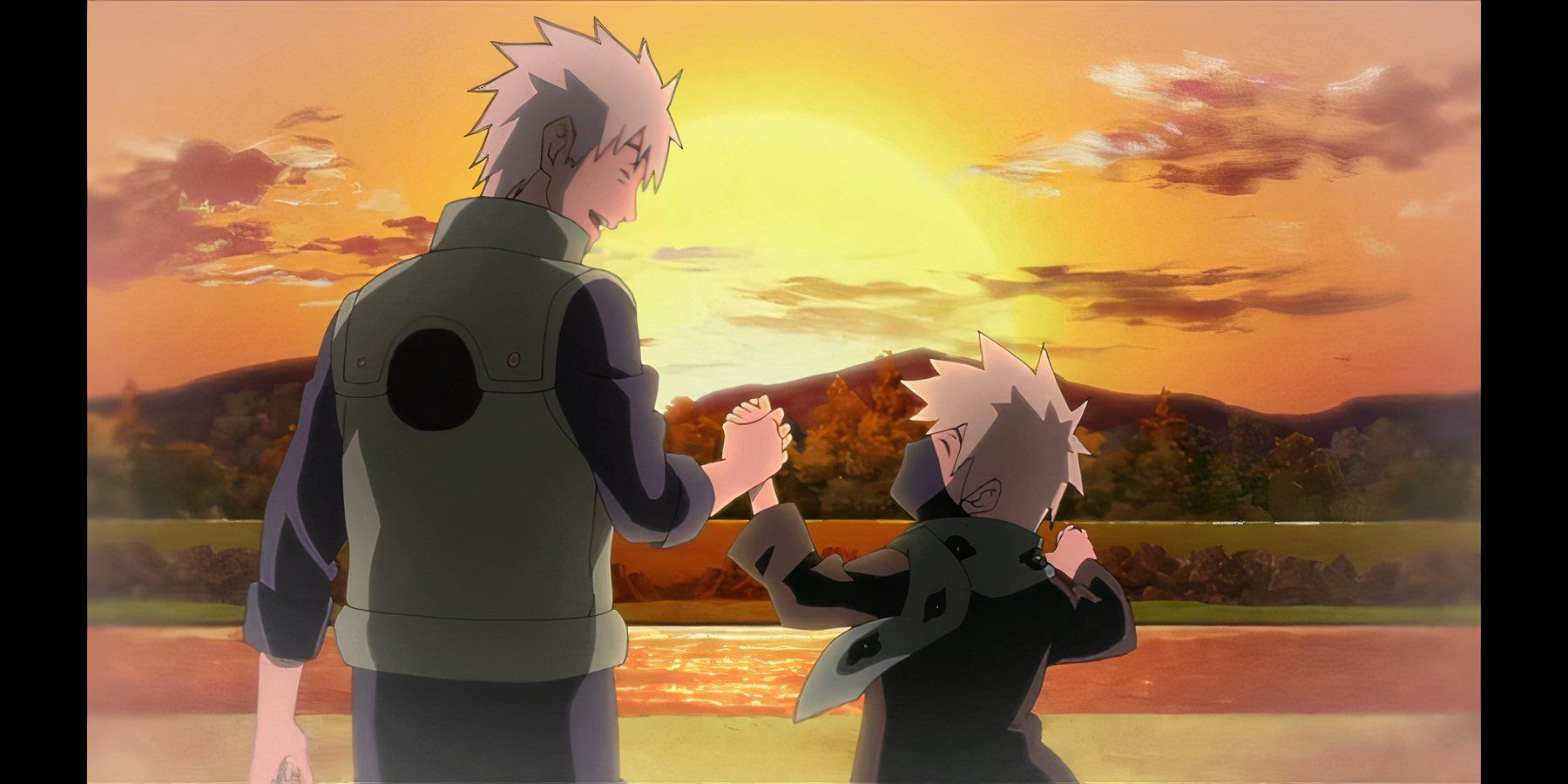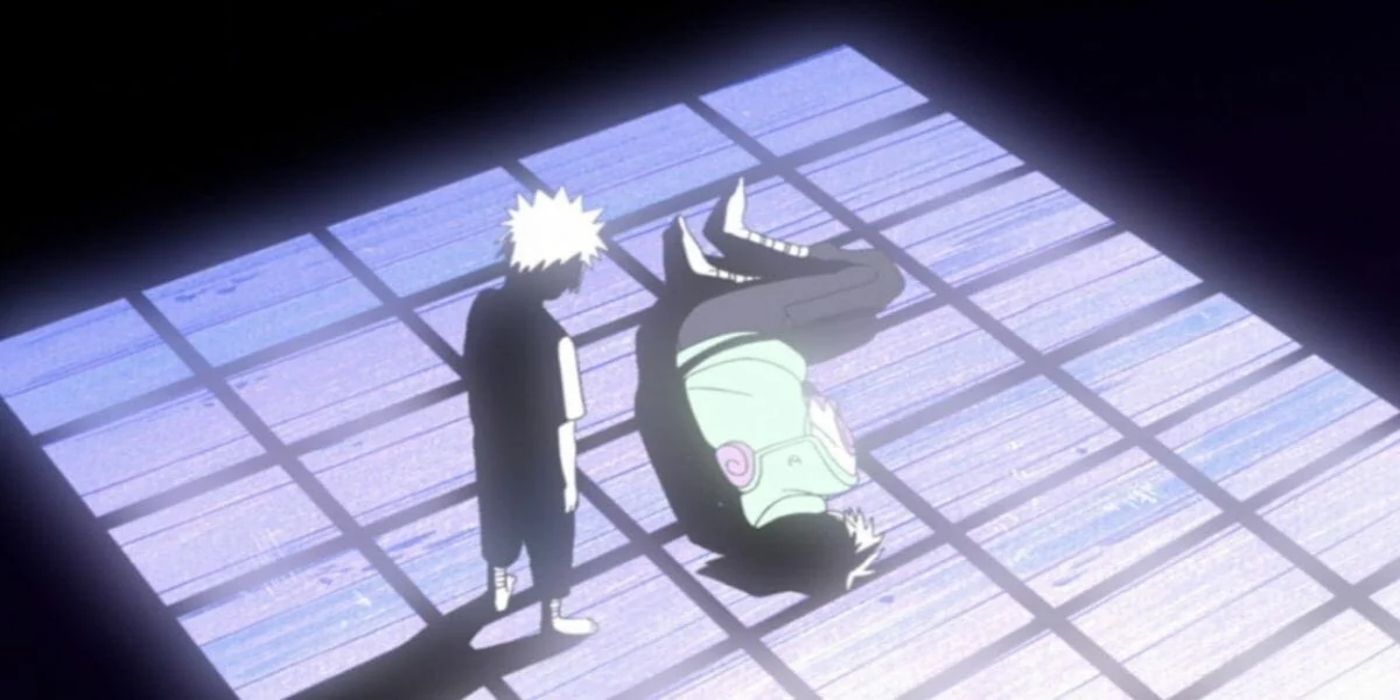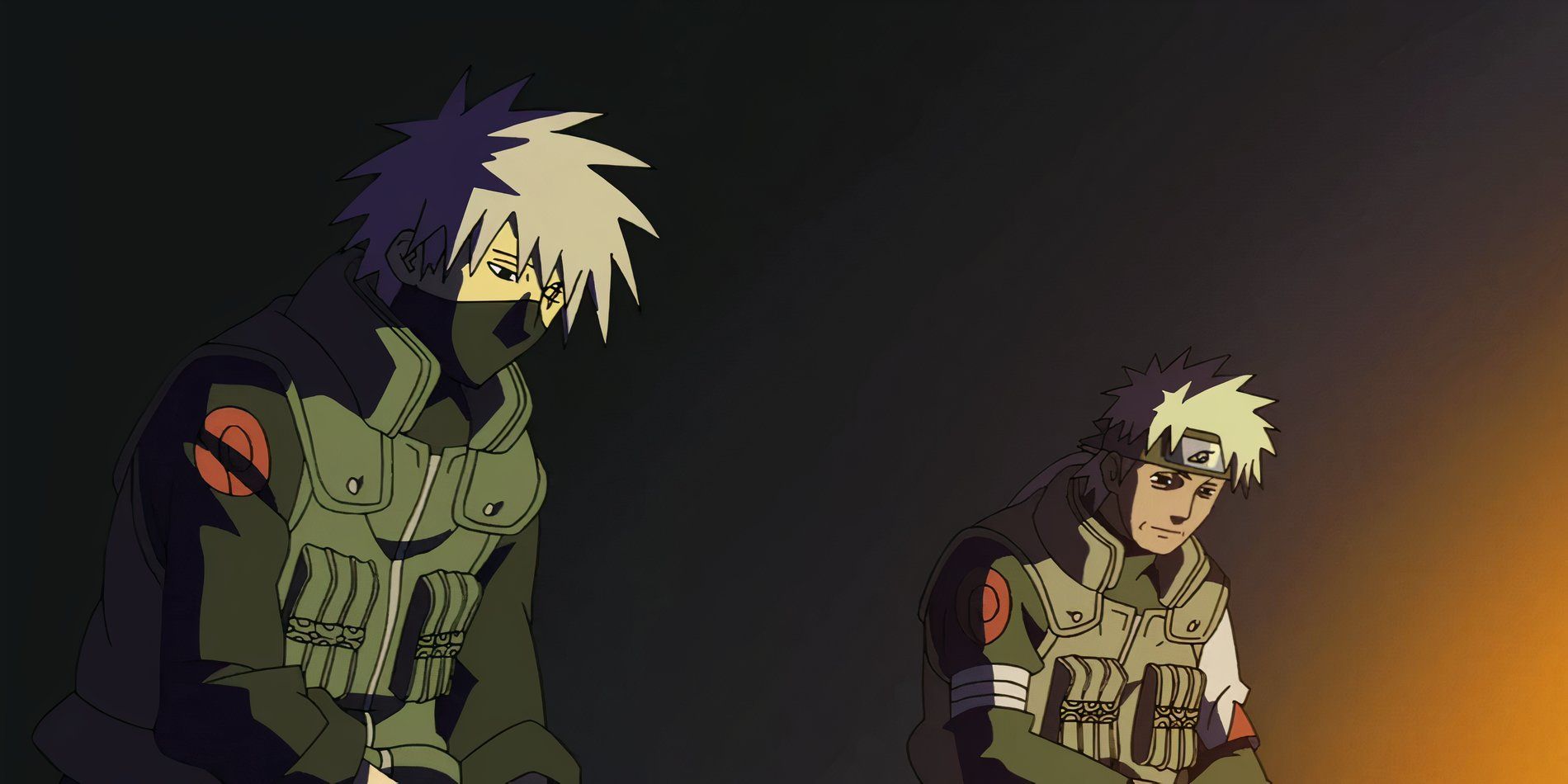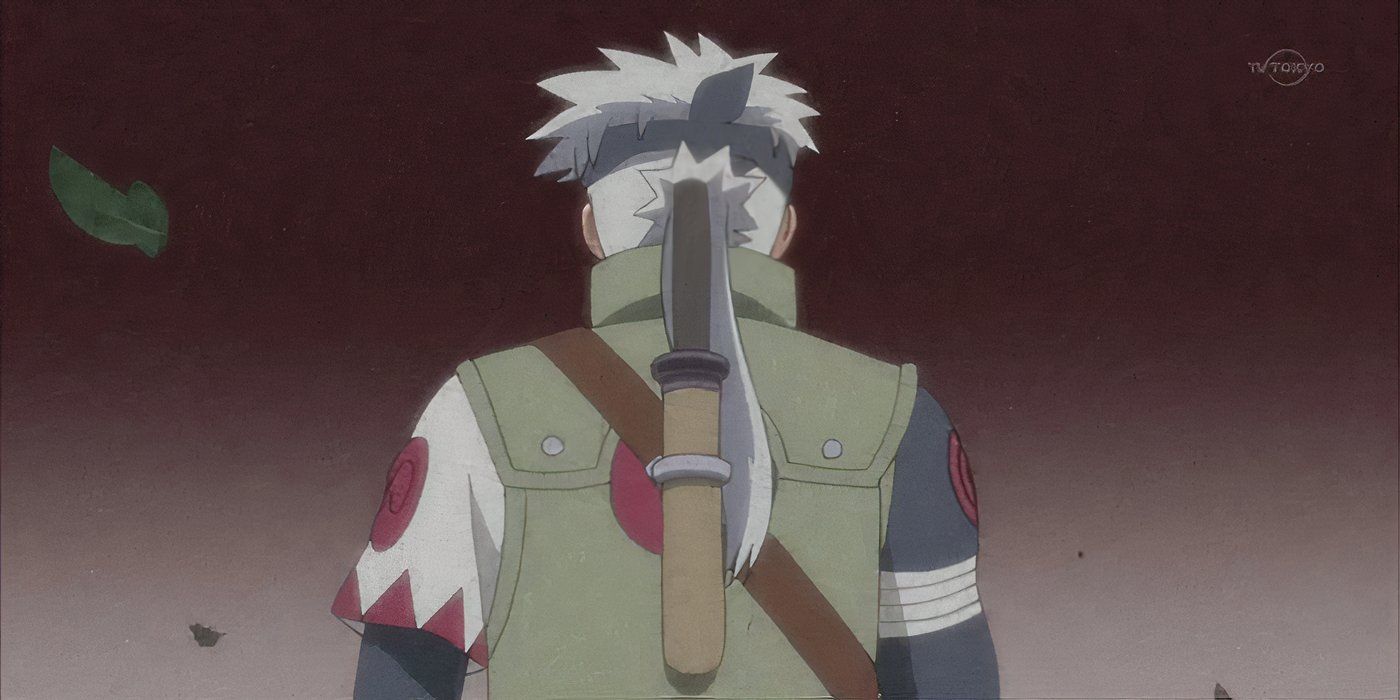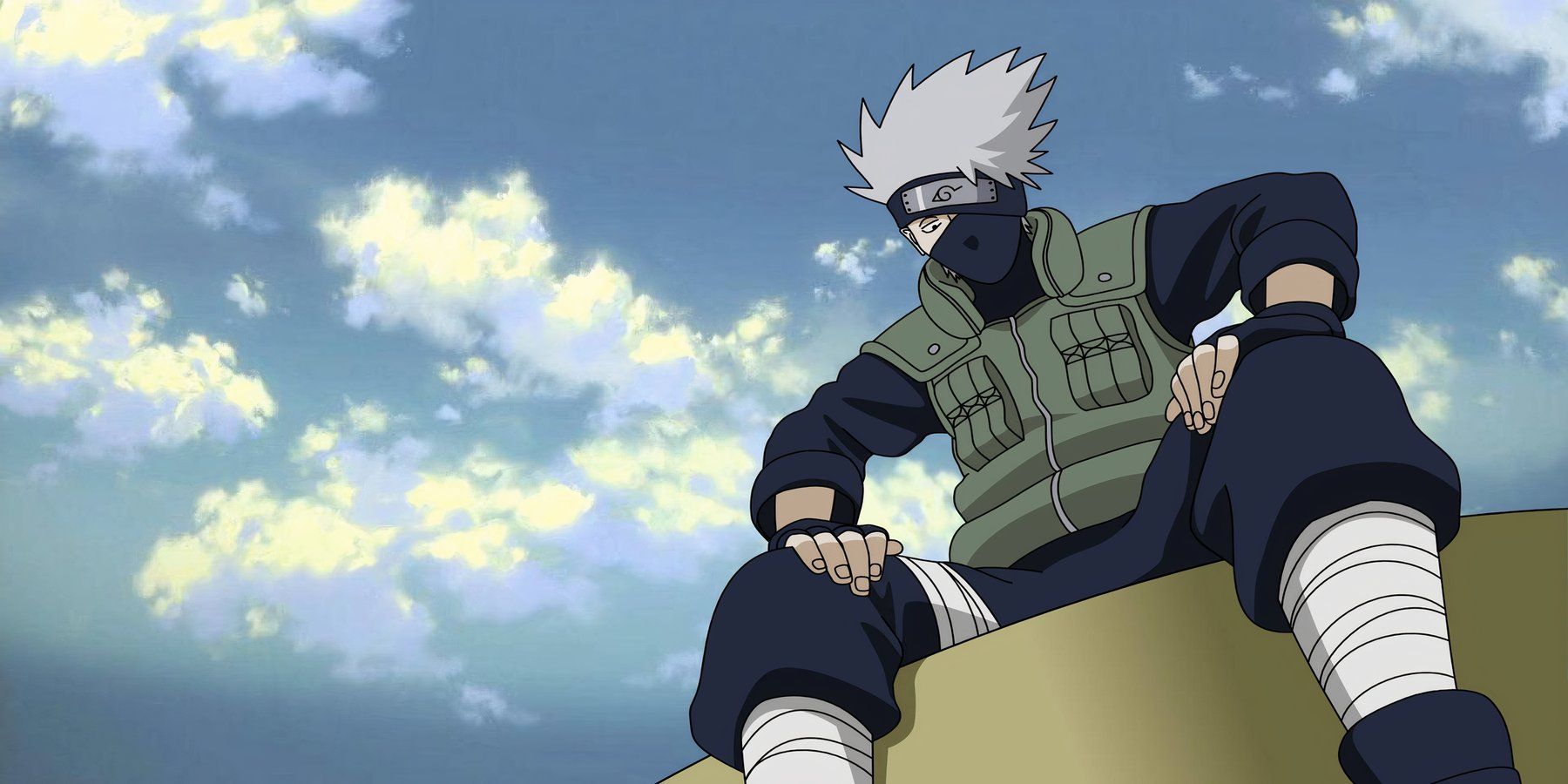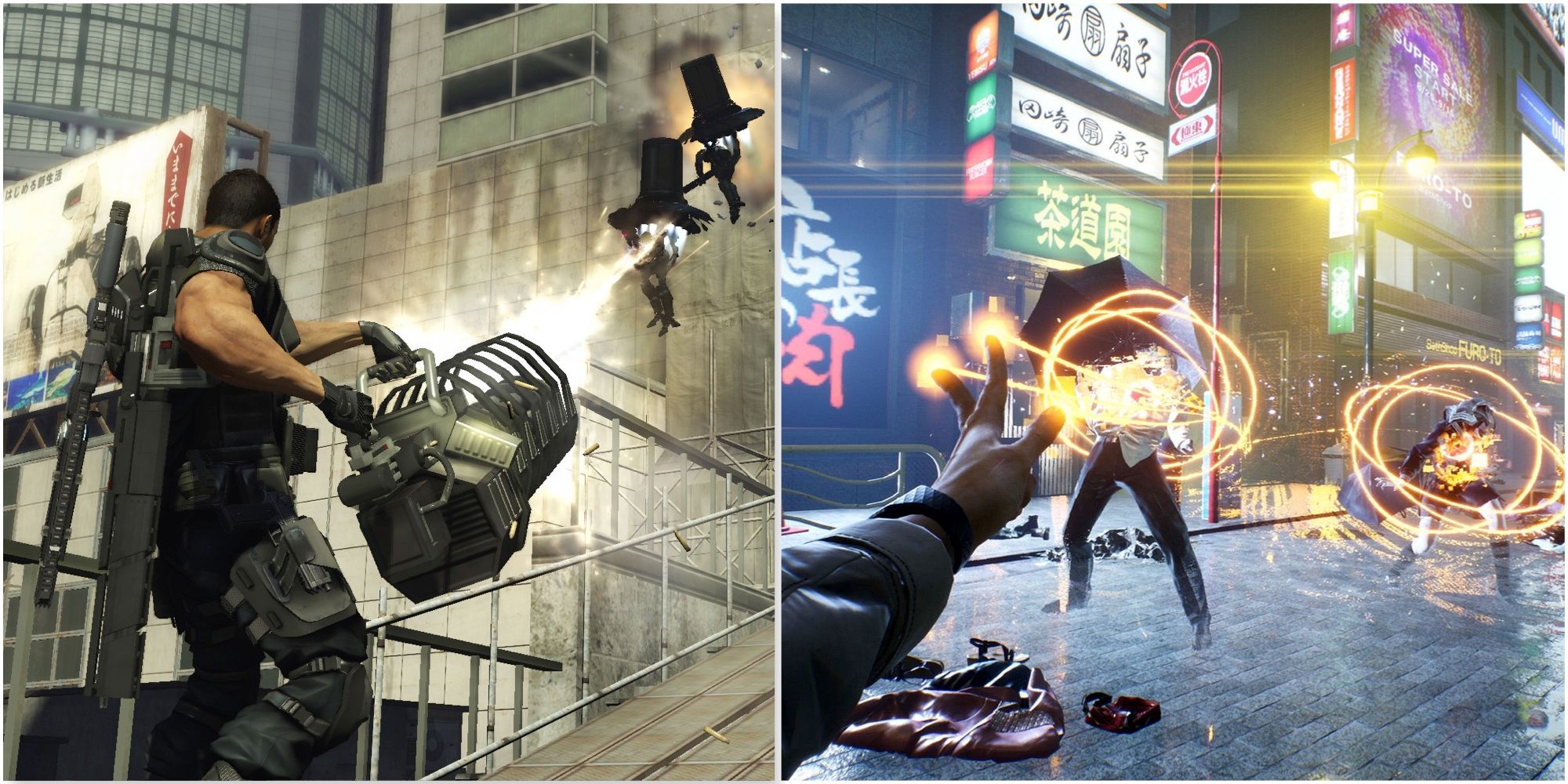Key Takeaways
- Sakumo Hatake’s sacrifice led to his downfall but taught valuable lessons about compassion and loyalty to future shinobi.
- Kakashi struggled with his father’s legacy but ultimately embraced his values, becoming a compassionate leader.
- Sakumo’s actions influenced the next generation of shinobi, including Naruto, in reshaping the shinobi world.
Naruto’s world is filled with legendary figures that all left their mark on the Shinobi world. Some of them were celebrated because of their strength, genius when it comes to tactics, or unyielding will. However, among the many celebrated ninjas, there are those special few that stand out because they have to make sacrifices not only on the battlefield but also in their personal lives as well.
Such characters often symbolize the battles and responsibilities that men face living in a world full of turmoil. A prime example of such a shinobi is Sakumo Hatake, a man whose legacy and choices weighed not only upon his family but upon the whole village of Konohagakure.
Sakumo Hatake: The White Fang of Konoha
Sakumo Hatake was an extremely talented and highly acclaimed ninja in the village, carrying the nickname “White Fang of Konoha”. His reputation became so high that it placed him among the ranks of the legendary Sannin: Jiraiya, Tsunade, and Orochimaru, who were said to be three of the strongest shinobi of their time. Sakumo acquired his title, White Fang, from the white color of his chakra blade and his incomparable skill at using it against opponents. His mere presence on the battlefield would send cold sweats into the enemy lines, and actions on his behalf made him an exceptionally popular ninja far and wide.
Despite all of his might and ability, Sakumo is best remembered not for the thrill of his combat prowess but rather for a fateful decision that drastically altered his life. During one of his highly important missions, Sakumo made a decision to abandon his mission at hand to save his comrades, a decision that went against the strict shinobi code of placing the mission above all else.
The Consequences of His Decision
How it Affected Kakashi
While the choice of Sakumo to save his comrades may be viewed as noble, in literal meaning, by village and shinobi logic, it is quite different. In that case, the mission fails, and there is a great price to be paid. As a result, Sakumo was banished by the very people whom he tried to save. Villagers blamed him for failure. The very comrades he saved from the blow turned their backs on him, and his reputation went downhill afterward. The huge amount of stress and guilt emanating from this incident saddled Sakumo to an early grave.
This greatly affected his son, Kakashi Hatake, who would later become one of the most prominent characters in Naruto. The gravity of Sakumo’s decision and subsequent treatment placed an indelible mark upon his son, Kakashi, which would make him the man he would be in the future as a shinobi.
Sakumo’s Legacy to Future Shinobi
Despite the tragic ending of Sakumo, his spirit lived on-mostly through Kakashi, who carried with him lessons in his father’s life. Probably one of the most substantial ways in which Sakumo left an impact on future shinobi was through the values he passed along, whether directly or indirectly. But this decision moves contrary to the stern code of the shinobi; he gave more priority to the lives of his comrades over the mission. It broached values of compassion, loyalty, and human life that would be core to Kakashi’s philosophy.
Later, he would eventually adopt these values as the leader of Team 7 and instill them in his students, among whom are Naruto Uzumaki, Sasuke Uchiha, and Sakura Haruno. As evidence of that influence, his famous words resound: “Those who break the rules are scum, but those who abandon their friends are worse than scum.” This attitude would later play a big role in Naruto’s development and his eventual pursuit of peace within the shinobi world. His tragic legacy thus paved the way for the newer generation of ninja, who put comrades first in their minds and cherished life more than adhering strictly to the rules.
Kakashi’s Internal Conflict with His Father’s Legacy
Kakashi did not quite have such a simplistic relationship with his father’s legacy. As a young shinobi, Kakashi was genuinely scarred by Sakumo’s death and clung, for a time, to the opinion that the mission always came first, whatever the cost. The sort of view that made Kakashi an icy and rigid ninja bent on not ending up like his father. But as he got older and finally got to mentor his own team, Kakashi finally came upon the meaning of Sakumo’s actions.
Kakashi’s character development was almost a reconciliation with his father’s legacy. It is during the Fourth Great Ninja War that, finally, Kakashi managed to come to terms with all that Sakumo had left behind, truly learning that his comrades’ safety was far more important than adherence to orders given. In that way, Sakumo’s influence helped Kakashi evolve into one of Konoha’s greatest shinobi and a compassionate leader.
The Ripple Effect on Konoha and Other Nations
How His Idealogy Eventually Changed The Shinobi World Through Kakashi
Sakumo’s decision and further defeat also had wider consequences on the world of shinobi. His life story was one that told about the pressure and expectations put onto the ninjas, and a tale of negative moves against those expectations. It showed the cruelty of the lifestyle of a shinobi, where even a hero was abandoned because of an accident if it was the wrong one. Indirectly, Sakumo’s story influenced the younger generation of Konoha’s shinobi in the long run, like Naruto, who would later challenge and reshape the entire structure of the shinobi world. His legacy has also contributed to a gradually growing movement of compassion, understanding, and the thought that missions are not always greater than the people carrying them out.
Sakumo Hatake was a man whose life was filled with great accomplishment coupled with deep tragedy. His decision to save his comrades by completing a mission led to his downfall in the eyes of his peers, but his legacy lived on through his son Kakashi and the generations of shinobi who would follow thereafter. Sakumo’s story is to teach just how complicated the world of a shinobi is: honor, loyalty, duty against personal belief and emotion. A brief time in the spotlight, the White Fang of Konoha had etched his name into the history of the shinobi world, not just with his trend in battle but in the values he shared and helped bring along to the next generation.
/cdn.vox-cdn.com/uploads/chorus_asset/file/25739166/AAAAQT3Ud9lF0x4ARNE6dgM2F39BRnrQYAVXYXRmFPQwRqYE3WTXlgu9dQfP_1zYemEDv16jkFkA2cm9leR4Gbdwg9XmjMgmKKG1L7QekXO2UAqMELfi9umOvcxVSKNfgrYoYUc6HJPhyyaVb7F_YBXid9dGrBs.jpg)

